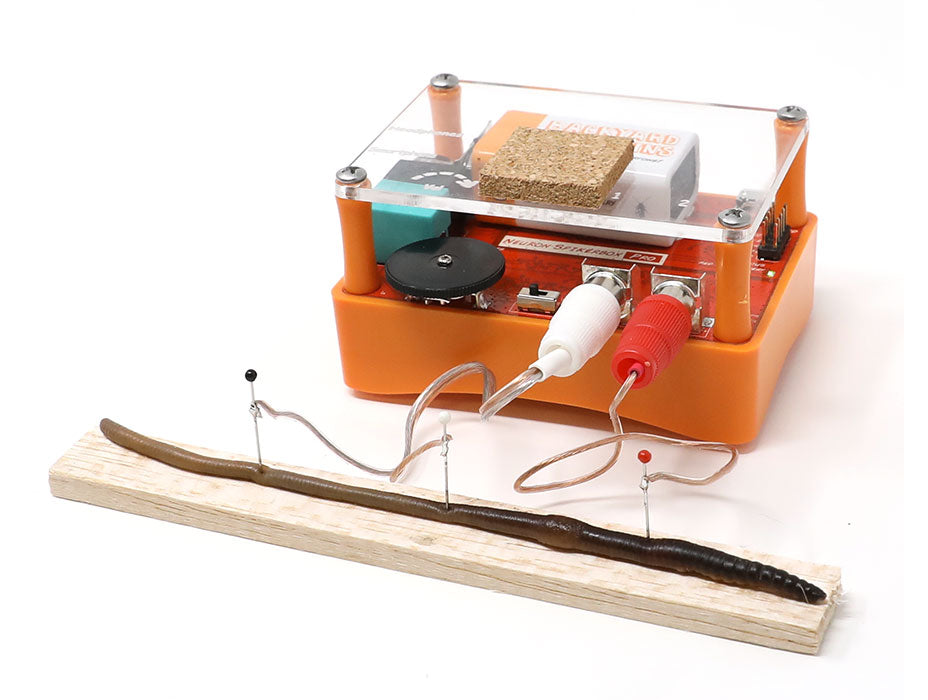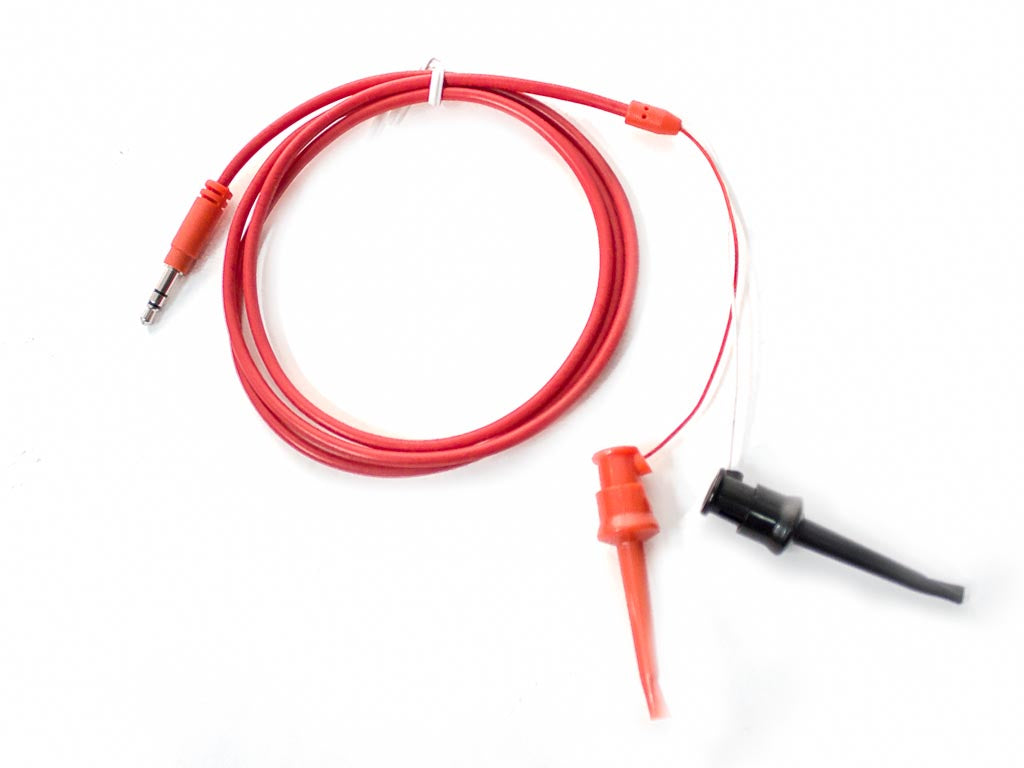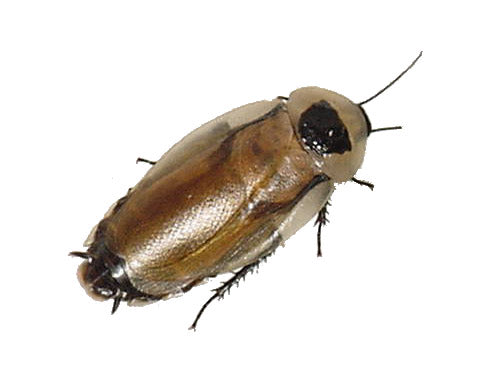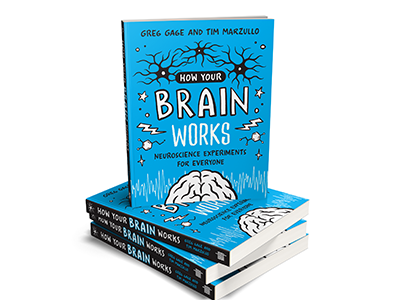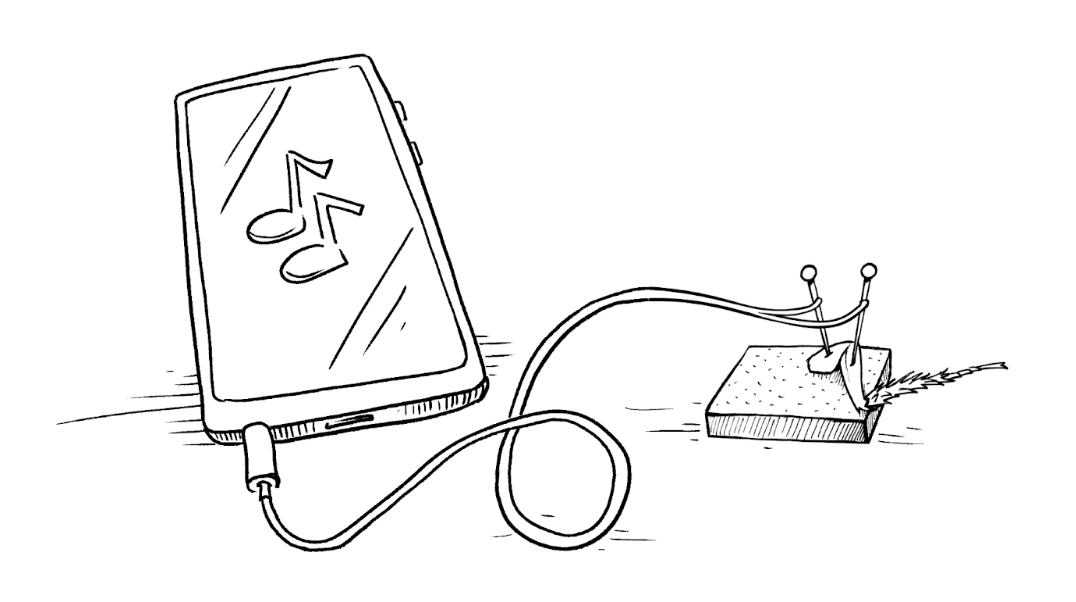
Neural Stimulation

We’ve learned how to record spikes—now let’s try sending signals to neurons. Can the alternating current from a phone’s ear-bud output make a cockroach leg move?
About experiment
What Will You Learn?
- How external electrical currents can excite neurons.
- How music signals differ from pure tones—and why that matters.
- Why frequency and amplitude jointly determine stimulation thresholds.
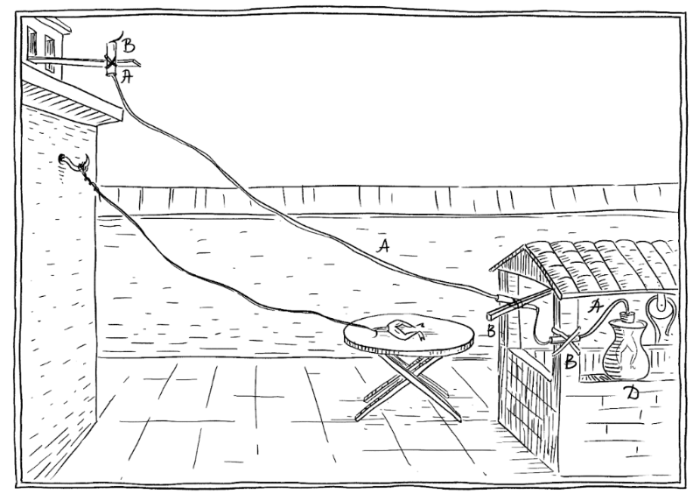
Background
In the 1780s Luigi Galvani showed that electricity makes frog legs twitch, launching the study of bio-electricity. Two centuries later, deep-brain stimulation treats Parkinson’s disease with the same idea: tiny currents trigger neural firing. Here you’ll swap a lab stimulator for a phone’s headphone output to explore which waveforms move a cockroach leg with the least current.
Experiment
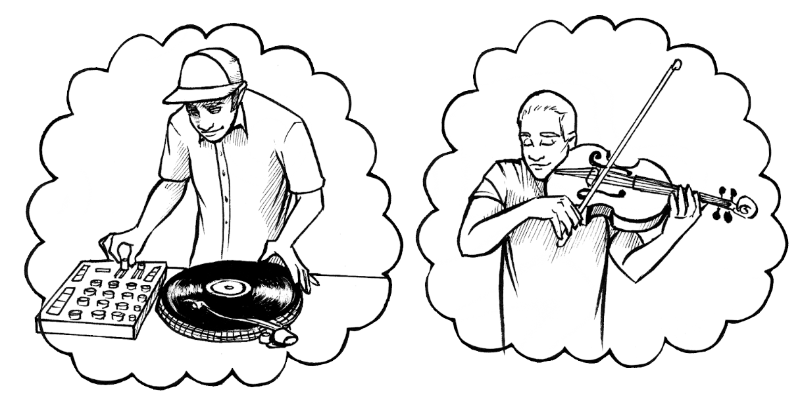
Music Stimulation
Setup
- Mount a cockroach leg so the tibia can move freely; insert two pins through femur and coxa.
- Clip the red stimulation cable (included with the SpikerBox) to the pins, then plug the TRRS jack into your phone.
Test 1 – Play a hip-hop track (e.g. Paul’s Boutique, Beastie Boys). Start at low volume and raise it slowly. Note the volume where the leg twitches.
Test 2 – Repeat with a classical piece (e.g. Bach’s Goldberg Variations). Which genre moves the leg more easily?
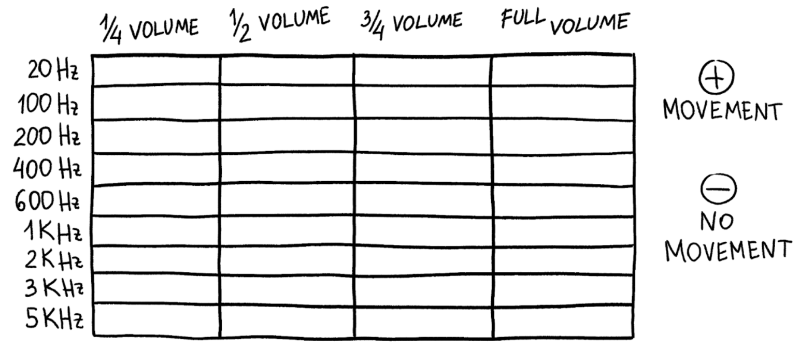
Tone Stimulation
Pure-Tone Sweep
- Install a free tone-generator app.
- Test frequencies 20 Hz, 50 Hz, 100 Hz, 200 Hz, 500 Hz, 1 kHz, 2 kHz, 5 kHz.
- For each tone, start at 25 % volume and increase to 50 %, 75 %, 100 % until the leg twitches. Record the lowest volume that works.
Compare your threshold chart to discover the frequency that stimulates neurons with the least current.
Results & Analysis
Music – At what volume did each track evoke movement? Did rhythm-heavy hip-hop or steady classical patterns require less current?
Tones – Plot stimulation threshold (volume) versus frequency. Expect lower frequencies (longer pulses) to recruit neurons more readily than high-frequency tones.
Think about how pulse width, amplitude and electrode placement interact, and how the same principles scale up to medical devices like DBS.
What do you need?
-
Related Products


